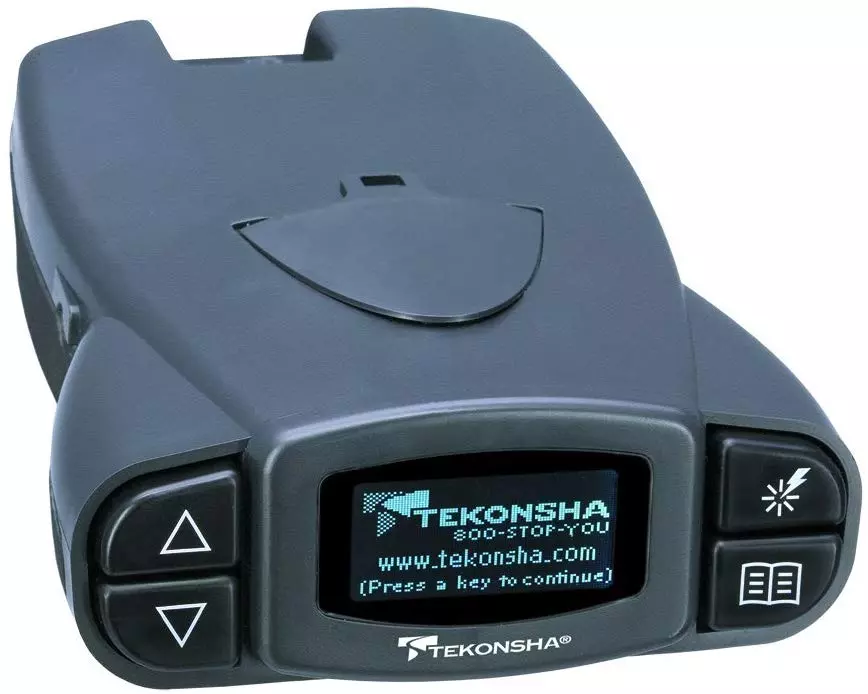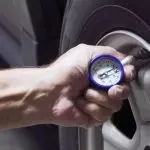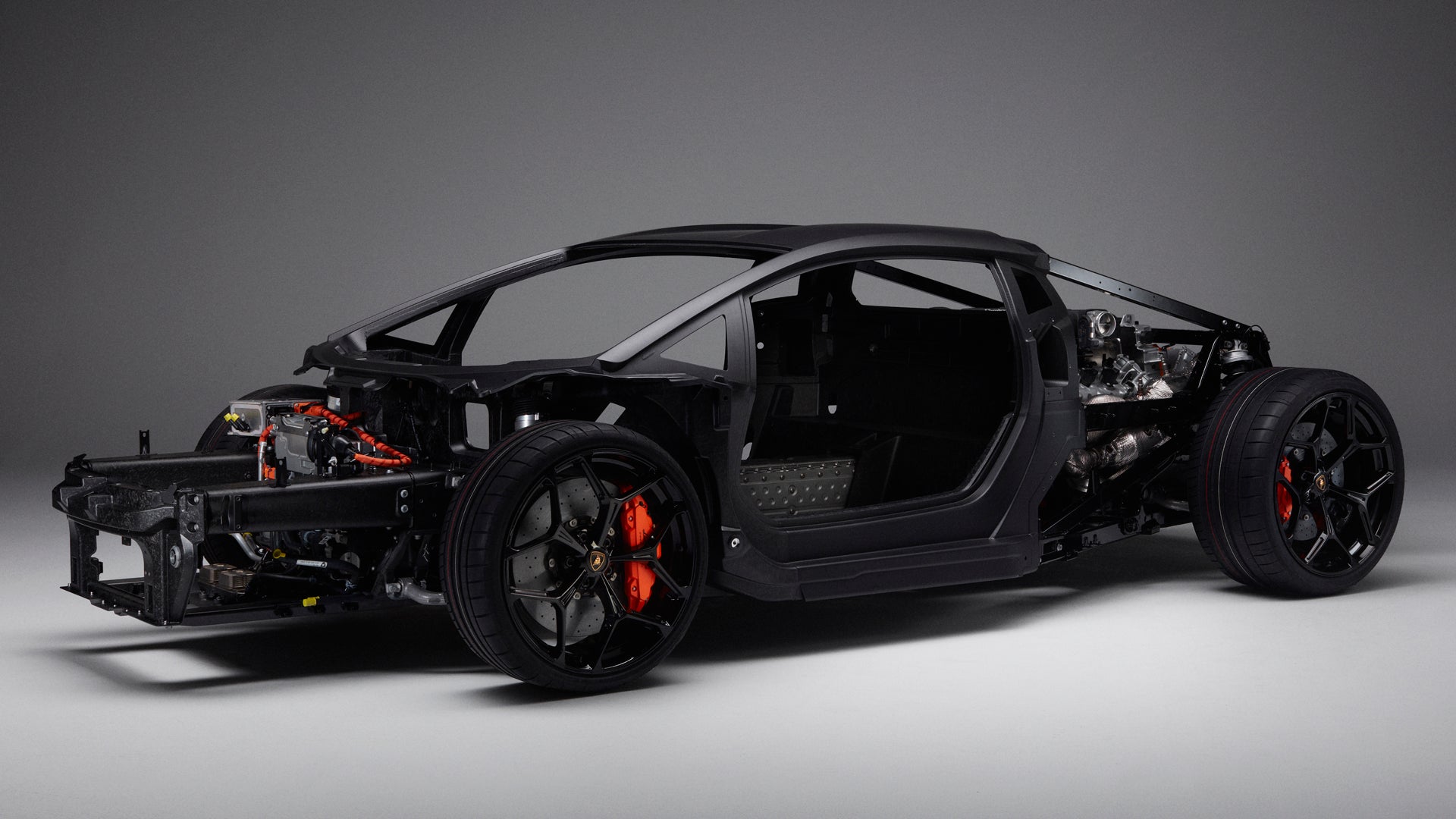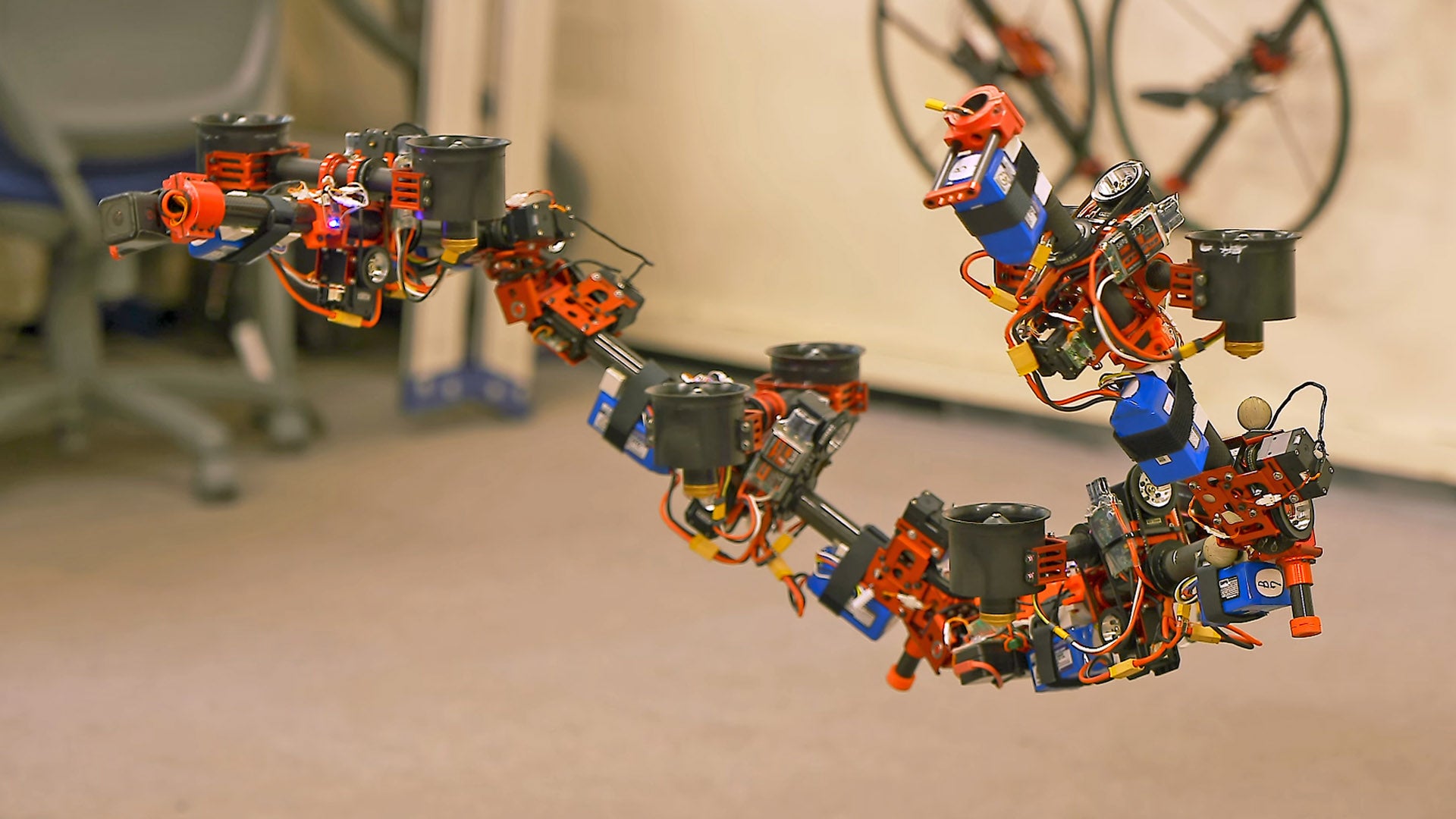Most modern caravans and trailers come with an electric brake fitment, and this means you need an electric current brake controller mounted on your vehicle to assure the brakes on the caravan work. Today, all caravans over 750Kgs require an independent braking system, and electric is the most common form.
In this article, we present to you the best electric trailer brake control systems for your vehicle and provide you with some extra information to help you understand these systems and decide on the best option for your needs.
On this article, we provide a lot of information related to trailer brake controllers. We suggest you read from the beginning to the end if you are new to trailer brake controllers but if you already have some knowledge, feel free to use the navigation menu below. If you have limited time, please check the comparison table to go to our top recommendations.
Benefits of Using a Trailer Brake Controller
The main and possibly the only benefit of using a trailer brake controller is safety. Safely driving with a large object in tow is ultimately the reason for installing an electric brake controller. Apart from this benefit, the other benefits might come from specific makes and models that might suit you subjectively more.
Considerations When Buying Trailer Brake Controllers
The first consideration is the size and weight of the trailer. The larger and heavier the trailer, the more control you will gain from using a proportional inertia sensing controller. Smaller trailers would benefit from a solid-state controller.
Mounting location is the next consideration, and the rule of thumb is that the controller must be within easy and full reach of the driver so the driver may initiate a brake without endangering the road.
The next consideration is the number of axles on your trailer. You will find that most controllers are limited to some axles, so make sure your model covers all axles on your trailer.
Check your trailer’s electric system, some come with a hydraulic over electronic component and this requires a special hydraulic over an electronic controller.
Power is a key consideration, you need to know if the system is a 12 or 24-volt user.
Frequency of usage should also be taken into consideration, where frequent towing would prefer an inertia sensing (proportional) unit, while an infrequent tow would prefer the solid-state (time delay) devices.
Types of Trailer Brake Controllers
- Time-Delayed Brake Controllers
Time-delayed brake controllers are solid-state models that are the most inexpensive devices in this category. This is the preferred controller for infrequent users and can be mounted at any angle. These models require you to set the power level, the onset delay and the length of braking to meet the load requirements. The difference between the car brake and trailer brake can cause jackknifing issues when driving erratically.
- Inertia-Based Brake Controllers
These controllers adjust the braking power concerning the load/trailer based on a relational pendulum positioning. The pendulum movement increases relationally to abrupt braking, and the inertia based system increases the braking power to adjust for the pendulum movement. This method maintains a better balance between the trailer brake and the vehicle brake.
- Proportional Controller
A proportional controller applies accelerometers to sense braking intensity. Based on the intensity, it delivers a proportional level of power to the trailer brakes. This method maintains an equal braking condition between the trailer and the towing vehicle. With this level of performance, you pay more and need to mount with accuracy.
- Hydraulic-Over-Electronic Controller
The hydraulic-over-electronic controller is a more recent addition to this market, and it mixes an electronic response with a hydraulic transfer creating a more accurate and reliable response. While they are new, they are not necessarily the most expensive.
Comparison table
Image | Features | Further information |
|---|---|---|
| - Brand: Tekonsha - Weight: 1.45 pounds - LCD display in English, French or Spanish - Plug-N-Play port - Compact design | ||
| - Brand: Tekonsha - Weight: 1 pounds - Automatic-leveling - Removable electrical connector - Up to 3 Axles | ||
| - Brand: Hopkins - Weight: 11.2 ounces - LED light - Highly durable connectors - Under-Dash Box | ||
| - Brand: Reese Towpower - Weight: 7.7 ounces - Large LED display - Simple plug in installationy | ||
| - Brand: CURT - Weight: 7 ounces - Automatic Leveling - 360 Degrees - Slide-bar power control | ||
| - Brand: Reese Towpower - Weight: 5.6 ounces - 100% Solid-state Electronic - For a 12V negative ground system - Push-button output and sync adjustment | ||
| - Brand: Reese Towpower - Weight: 0.16 ounces - Illuminated LED display - Red indicator light - For 12 Volt Negative Ground Systems | ||
| - Brand: CURT - Weight: 8.8 ounces - Driver-selectable power output - Surface-mount technology - A triple-axis accelerometer | ||
| - Brand: Draw-Tite - Weight: 1 pounds - Digital LED readout - "Plug-N-Play" port - Snap-in dash mounting clip |
Top Best Trailer Brake Controllers
1. Tekonsha 90195 P3 Electronic Brake Control
- 5 storable setting options
- LCD display
- Up-Front controls.
- Diagnostics
- Boost feature.
- A red warning light system
- 2 Modes Electric over Hydraulic or Electric trailer brake.
- Customized braking.
- Plug-N-Play port for 2-plug adapters
- Snap-in mounting clip.
- Up to 4 braking axles.
This is a world leader by any standard. The Tekonsha P3 90195 model is a dual electric and hydraulic over electronic trailer braking solution provider with advanced settings, display, diagnostics, and alarm.
You pay for what you get, and that is why this expensive model delivers the best and most of what there is including an easy to read LCD display that has a selection of colors to choose from, boost operations, in-depth diagnostics, and early warnings.
Mounting the Tekonsha P3 90195 has to be done properly since this is an accurate device that requires proper placement for reliable results.
2. Tekonsha 90160 Primus IQ Electronic Brake Control
- 2-plug adapters Plug-N-Play port
- Self-diagnostics
- Boost feature.
- Works proportionally in reverse.
- Snap-in dash mounting clip
- Digital LED readout.
This is another exceptional Tekonsha product, this is the 91060 Primus®IQ. This model uses self-leveling technology to make necessary adjustments for correcting the braking system. The Prodigy® sensor system installed into the Primus gives you boost control features and is excellent for towing heavier loads. Another standout aspect is this model’s ability to provide proportional adjustments in reverse. Overall, and excellent brake control system for most trailer types.
As you can read from the above, there are many options to choose from, the budget range is limited, so even the expensive ones are well within reach and should be considered seriously when towing larger trailers and all sized caravans.
3. Hopkins 47294 Agility Plug-in Simple Brake Control
- Flexible mounting options
- Self-leveling
- 5 sensitivity adjustments
- Intuitive vertical manual slide
- Short Proof Protected
- 8 trailer brake control
The Hopkins 47294 is a self-leveling brake controller that manages the brake lights in direct proportion to the vehicle brake lights and automatically adjusts the trailer braking aspect with the towing vehicle brakes. This model activates braking in synch automatically with no wait time lag and has 5 sensitivity levels that are displayed as well as managed from the digital display controller. You also have a built-in manual override.
Since the 47294 is a proportional braking model, you can adjust this to most trailer sizes and can be sure to have safe control over all instances.
4. Reese Towpower 8508211 Control Proportional Brake-EVN
- 1-4 Axle capacity
- Boost feature
- Reverse battery protection
- No leveling required
- Diagnostics in LED display
The Reese Towpower 8508211 Universal Brake-EVN™ is a proportional brake controller that delivers exceptionally synchronized braking that matches the trailer brakes to the vehicle brakes. With its easy to read LED display combined with boost feature, you get control and can manage a smooth ride experience. This model gives you the ability to control up to 4 axles and is easy to install with its plug and play installation. Since this is a proportional braking system you can attach it to heavier loads providing you with a wide range of applications.
5. CURT 51110 Venturer Electric Trailer Brake Controller
- Gain setting and sensitivity adjustment
- Operate 2-6 trailer brakes at a time
- No leveling required
- LED display
- Mounts anywhere at any angle
- Power and ramp time control
The Venturer™ is a time-based brake controller that works exceptionally well with 3 axle trailers and integrates with anti-lock braking systems and cruise control. The CURT 51110 is easy to install with its quick plug adaptability. It increases the brake power based on sensitivity adjustments, gains settings and has no moving parts internally. The LED indicator increases when the controller adds more power to the brakes. This model is compatible with PWM, low volt, ABS, electric over hydraulic and cruise control. Overall, a very efficient and budget-friendly model.
6. REESE Towpower 8507111 Brakeman IV Digital Brake Control, Small Compact Design
- No leveling required
- Mounts in any direction
- Push-button adjustment
- Plug-and-play feature
- Digital display
- Internal circuit protection
- Solid-state
The Reese Towpower 8507111 is a solid-state trailer braking controller that provides great control for small to medium loads. It’s an infrequent use controller that delivers a lot of control features in a tight package. This model has a display that shows you the sync setting, output setting, the brake overload, and short connection. It connects to a 12V negative ground system only, so take this into account.
The Reese 8507111 can manage up to 4 axles and is very easy to install. Operating this model is also easy and you get to push-button control output and sync on the fly. It also provides an accurate brake light display control.
7. Reese Towpower (74642) Brakeman Timed Compact Brake Control
- 1 to 2 axle trailers
- Illuminated LED display
- Slide adjustment output control
- “Upfront” manual over-ride control
- Plug & Play feature
The Reese Towpower 74642 is a unique device, this one stands out from the rest of our controllers listed here and this is due to its Spartan design. This is the simplest model you might find this to be too simple. It has no real display, the LED display is just a power indicator. It has no buttons, so you don’t get to correct or sync anything but it does have a slider. The top and bottom of this device is simplicity with no fiddling and no diagnostics. With this stated, it is a Reese device, so you do get all the basic quality controls. This model was designed for the infrequent user of small trailers that just wanted that extra bit of safety without all the beeps and buttons of a full diagnostic model.
8. CURT 51140 TriFlex Electric Trailer Brake Controller, Proportional
- Proportional Controller
- Electric & Electric over Hydraulic
- Dash Mount
- Up to 4 Axles
- Automatic Leveling
- 90 Degrees
- Under-Dash Box
The Curt 51140 is a proportional brake controller that delivers automatic leveling in a vertical 90-degree range and a horizontal 40-degree range. This model gives you a digital display with 9 sensitivity level settings and includes reverse polarity protection with continuous diagnostic mode.
The trailer brakes are always activated in sync with the towing vehicle brake lights and there is no delay. The sensors automatically level the acceleration and deceleration and provide a ±20 degrees side to side range of movement. The 51140 also has a boost feature and integrates various safety components to provide overheating and power protection. With its surface mounting technology, you enjoy a constant performance on every ride.
9. Draw-Tite 20191 I-Stop IQ Electronic Brake Control
- Integrated Plug & Play port for 2-plug adapters
- Self-diagnostics features
- Boost feature
- Works proportionally in reverse
- Snap-in dash mounting clip
- Digital LED readout
The Draw-Tite I-Stop™IQ is a self-leveling brake controller that comes with a boost feature with proportional reverse management control. This model has a primary sensor that was upgraded from the Draw-Tite I-Stop™Ultra model and integrated into the new Draw-Tite I-Stop™IQ model. This device enables you to manage larger loads with equal safety.
Installation of the Draw-Tite I-Stop™IQ is easy, with a snap-in-dash mounting clip that allows you to adjust it even after installation. Once installed, you use the Integrated Plug & Play port for 2-plug adapters for quick and easy connectivity and the LED readout makes it safe and easy to view your status.
How to Install a Trailer Brake Controller?
- Step 1: Ensuring the Safety
Disconnect your vehicle battery negative cable. It’s always safer to work with no electrical current when installing electrical devices in your vehicle.
- Step 2: Mounting Location
Determine where you need to mount the controller. Mounting is dependent on your vehicle type. In most large trucks and SUVs, you would place this to the side of the steering wheel, making the LED display easy to see. In some models, it might sit above the dash in full view. If you have any other devices attached to the dash, you should consider bunching this next to them.
- Step 3: Mounting Fixing
Take your mounting hardware and mark the drill holes in the location you want to install your controller. When drilling, always be careful of under-dash wiring, so when drilling, it’s best to drill a marker only and not push all the way through. Then, using your screwdriver uses the locational hole as a guide point. Your screw will screw in easily since your dash is usually plastic.
- Step 4: Installing the Controller
Fix the controller into the fixture and secure it using the bracket bolts. Make sure it’s secure and tight, but don’t overtighten.
- Step 5: Plug and Play
Once your controller is secured in its bracket, take the wiring harness plug your brake controller into the wiring harness and the controller, creating a direct link between them.
Frequently Asked Questions
1. Do I need a Timed or Proportional Controller?
The proportional controller is far better than the timed brake controller. While the timed-brake controller does allow you to sync, it only ramps the brakes progressively. The proportional controller uses a sensor that detects the towing vehicle’s speed and braking and then mimics the status to the trailer brakes, essentially making the trailer part of the vehicle.
2. How Do I Mount and Install a Trailer Brake Controller?
As stated above, in brief; you first locate the mount, then connect it to the location surface. You then mount the controller into the bracket, and finally, you connect the controller to the wiring harness.
3. How can I Calibrate my Controller?
Proportional controllers are self-calibrate. Time-based controllers include an instruction manual that describes the calibration process. If you don’t have a manual, you can look it up online with the make and model of your controller.
4. How do I connect heavier trailers?
All towed trailers or caravans that weigh more than 2,000kg GTM must have built-in break-away systems and brakes fitted to every wheel. The break-away system must ensure that the trailer detaches from the towing vehicle automatically when the brakes are applied for over 15 minutes. Brake away systems are brake controller safety devices that are fitted to the trailer and contain their own power source.
5. How do Caravan Electric Brakes Work?
Most caravan brake hubs have brake shoes rather than disc brakes, and these are activated via magnetic control. The magnet is controlled by electricity and this is where the controlled comes into play. An electric controller is what activates the disk shoe magnet and applies the relevant pressure.
The main features of the electric brakes are the voltage range they can handle, and there are only two voltages to consider; 12 and 24. Never mix them up. The number of axles is just the number of points your controller can interface with, so don’t buy a controller that cannot handle the total number of axles in your caravan or trailer, and the more axles the thicker the wire you will need.
Electric-Hydraulic braking systems apply electricity and control to a hydraulic solenoid, it’s just another component that is used in recent developments and applies a more accurate control over the brakes than the standard magnetic ones.
FINAL THOUGHTS
If you have a trailer or caravan, or if you intend to buy one, you must buy an electric brake controller. This is a must if you want absolute safety in your ride. For small trailers or infrequent towing you might forgo adding this device, but if you are using a medium to a large trailer or any sized caravan, even when towing infrequently you must add a controller.


















